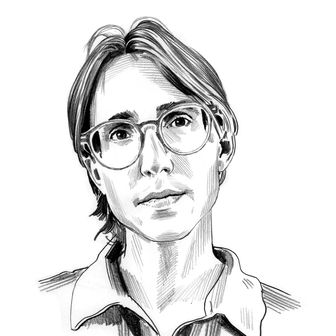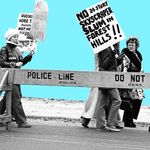
One of many tidbits of misinformation the president has broadcast during the coronavirus outbreak is his belief that warm weather will halt the spread of COVID-19. “The heat, generally speaking, kills this kind of virus,” Trump told a group of governors in February, adding that he anticipated an end to the pandemic by early April.
Public-health experts are less confident in Trump’s prediction. Harvard epidemiologist Marc Lipsitch wrote that the presence of warmer weather, together with the summer closing of schools, is not enough “alone to slow transmission enough to make a big dent.”
New viruses have a temporary but important advantage — few or no individuals in the population are immune to them. Old viruses, which have been in the population for longer, operate on a thinner margin — most individuals are immune, and they have to make do with transmitting among the few who aren’t. In simple terms, viruses that have been around for a long time can make a living — spread through the population — only when the conditions are the most favorable, in this case in winter.
“Seasonality does not constrain pandemic viruses the way it does old ones,” Lipsitch writes, citing the 2009 H1N1 flu which started in the spring, receded over the summer, then kicked into high gear in the fall.
In a study published earlier this week, a team of researchers in the University of Maryland system and at the University of Medical Sciences in Tehran used weather modeling to determine the “regions most likely to be at a higher risk of significant community spread.” The study, which has not yet been peer-reviewed, states that the coronavirus has thus far spread most effectively in regions where the average temperatures are between 41 and 52 degrees, and average humidity is between 50 percent and 80 percent. Based on these temperatures and humidity levels, the authors found that in the coming weeks, the “risk of community spread could be predicted to affect areas just north of the current areas at risk [which] could include … Manchuria, Central Asia, the Caucuses, Eastern Europe, Central Europe, the British Isles, the Northeastern and Midwestern United States, and British Columbia.” The authors add that the virus could “prevail at low levels in tropical regions similar to influenza” and ramp up again in late fall, in time for traditional flu season.
To combat the spread of the coronavirus, Lipsitch and other Harvard epidemiologists recommend “extensive public health interventions” — practices that would begin with effective testing. To date, lawmakers estimate that less than 10,000 Americans have been tested for the coronavirus.






























